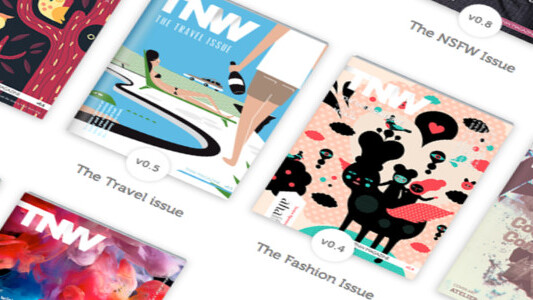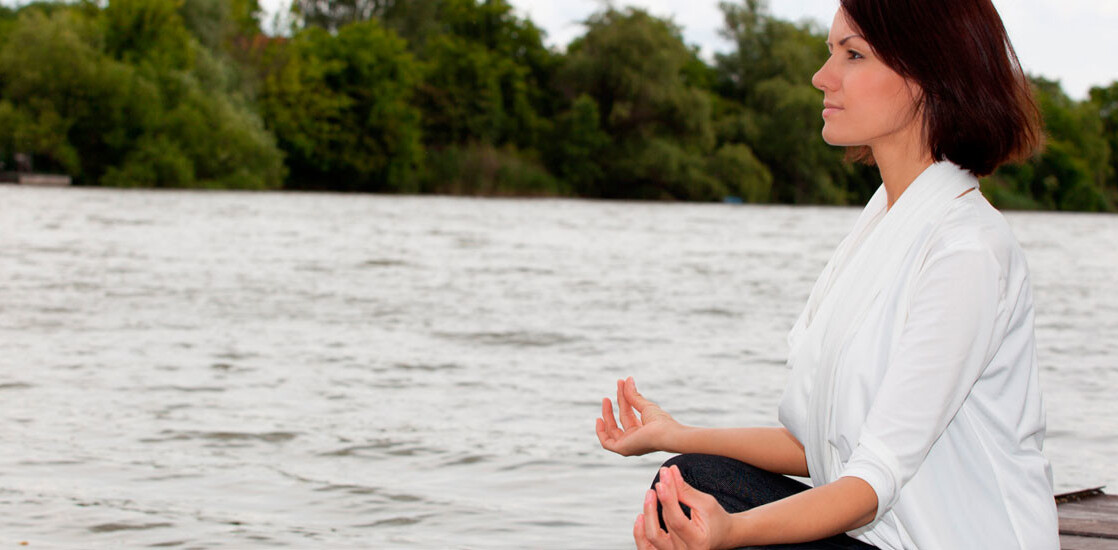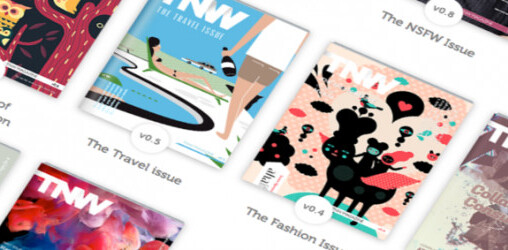
Everyone loves well-designed products. We convince ourselves that we don’t want to be frustrated by bad design, especially when it concerns the products we use, wear, carry and have to look at every day. We happily pay more, sometimes even double the price, for an item that is well-designed.
The general consensus is that badly designed products and services don’t stand a chance. In an increasingly global market, products and services have to stand out. There is already so much out there and everyone wants the best experience. Good design is considered a hygiene factor rather than an extra motivation to buy the product. Even prototypes are well-designed. And the examples are clear: successful companies are associated with great design. But on the other hand: there are also plenty of beautifully designed products (remember Color?) that were not so successful.
Start talking about design and you get into an argument. About what it is, about its importance and about the moment you should start thinking about design. Is it aesthetics, a matter of taste? Or is it about the things that you don’t see? Is part of it common sense and a logical part of your product idea? Or should you involve a designer at the very beginning?
Let’s ask the experts.
Phil Libin – @plibin
CEO Evernote
This is an oversimplification, but function tells you what something does, design tells you how it does it. For any product category, there are a very few whats and very many hows. If you want your product to succeed, you’d better have a great how.
Aral Balkan – @aral
Designer, developer, author, teacher, entrepreneur, and performer
Mediocrity is big business. Corporations of all sizes make billions of pounds every year peddling mediocrity. And this will be the case as long as our population keeps skyrocketing along with our thirst to consume, cheaply, consequences be damned. So if all you care about is making a shitload of money as quickly as possible, stop reading here and embrace the thriving economy of mediocrity. It is not, however, the only way. If you care about improving people’s experiences and, thereby, the quality of their lives, then make not just anything but a great thing. A thing that doesn’t take for granted the limited time that each of us has in this world. A thing that helps make that time as painless, as effortless, as empowering, and as delightful as possible. And to make that thing, you must understand humans and embrace experience design. That is the harder, the nobler path to make your millions. 
Nalden – @nalden
Co-founder PresentPlus
Design is much more than a paint job. With Present Plus we design experiences on top of technology because we believe a good user experience allows people to adopt technology to get more out of their life. Living in the Netherlands, where every part of our country is designed, it’s a no-brainer to realise design plays a fundamental part in every product, building, software or even food. In the end the success of ‘good design’ is the total experience, not how it looks.
Alex Griffioen – @oscaralexander
Lead Designer @ The Next Web
I like to think of design as the art of making complex things appear simple and attractive. Those are two different disciplines and the Dutch are lucky to have a word for either one: ‘ontwerp’ and ‘vormgeving’. The former relating to functional properties like content, layout and hierarchy, the latter concerning aesthetics, the way it looks and feels. Although I must add this interpretation differs from designer to designer. It’s never too early to attract an ‘ontwerper’ whereas a ‘vormgever’ can be involved once the outline is set. Just like a girl’s great personality was there from birth and the pretty dress was added later. “Designing is removing what fails to justify its existence and making what’s left look inviting.”
Get the TNW newsletter
Get the most important tech news in your inbox each week.





